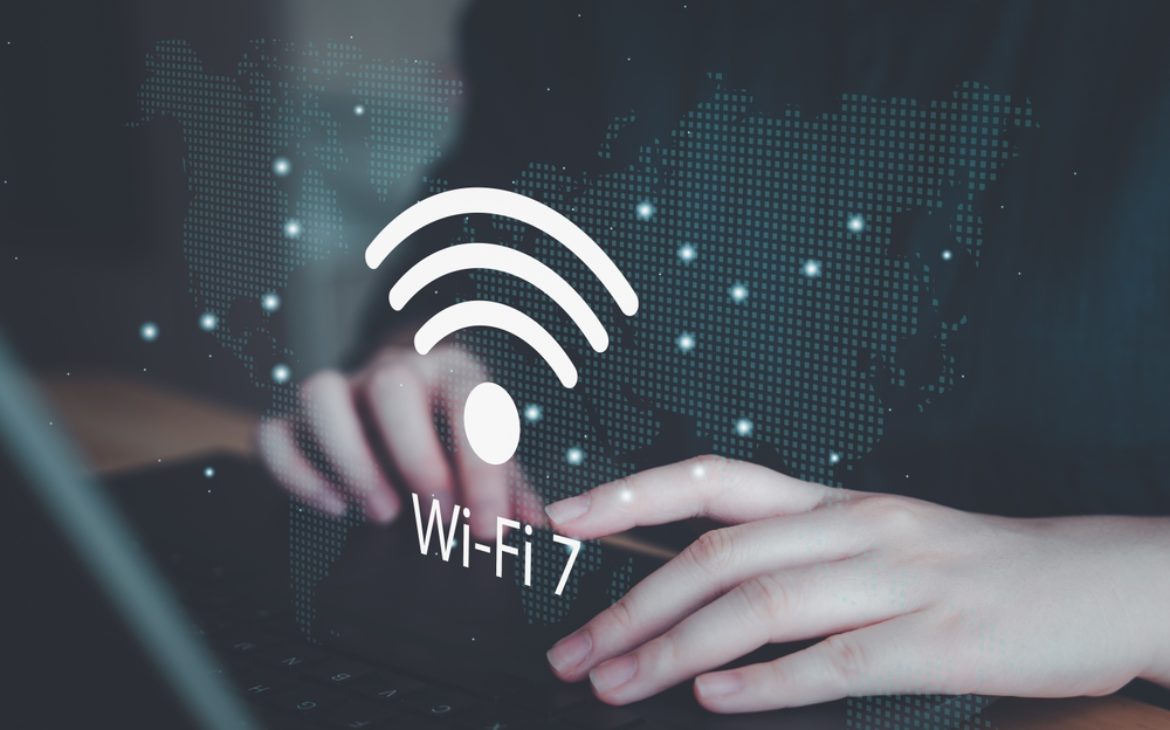With the advent of 5G technology, internet speeds are constantly increasing, and the new generation of WiFi technology – WiFi 7 – promises an even bigger leap forward. Also known by the technical name IEEE 802.11be, WiFi 7 sets new rules of the game, enabling faster, more reliable and more efficient wireless networks.
Record-breaking speeds
WiFi 7 should provide maximum theoretical speeds of up to 46 Gbps, which is almost five times faster than what the current WiFi 6 technology offers. These speeds are possible thanks to wider channels and more advanced multi-connection technology, allowing users to download content or stream videos in 8K resolution without any lag.
Wider channels for higher capacity
One of the key features of WiFi 7 technology is support for superwide channels, up to 320 MHz. Compared to WiFi 6, which uses channels up to 160 MHz, this significantly increases network capacity. Wider channels allow more data to pass through the network simultaneously, which is especially useful in homes and offices with a large number of connected devices.
Multi-Link Operation: more stable and faster connection
Multi-Link Operation (MLO) is one of the most impressive innovations in the seventh generation WiFi network. This functionality allows the use of multiple frequency bands simultaneously for a single connection. In practice, this means a more stable connection as devices can switch between different bands in case of network congestion, reducing congestion and improving overall speed and reliability.
Lower latency for a seamless experience
The lower latency of WiFi 7 technology will be a great advantage for users engaged in online gaming, virtual reality (VR) and augmented reality (AR). Reducing network latency will ensure a smooth experience. which is crucial for these interactive technologies that require fast reactions and high data throughput.
MLO technology helps a lot here, as it enables “jumping” between frequency bands to avoid band saturation and maintain minimal latency.
Compatibility with previous generations
Like previous WiFi generations, WiFi 7 will be backwards compatible with devices that support WiFi 5 and WiFi 6. This means you won’t have to replace all your devices right away to make use of the new technology. However, for maximum speeds and all the capabilities of WiFi 7, devices with support for this standard will be required.
Where will we use WiFi 7?
WiFi 7 is designed to support high-demand applications, such as 4K and 8K video streaming, advanced cloud services, and technologies such as XR. Its wide application is expected to be seen in business environments, smart homes and industries that rely on fast and reliable network connections.
The first devices with WiFi 7 support have appeared on the market, but they are priced for deep-pocketed enthusiasts, professionals, and industrial needs. Some mobile devices already support WiFi 7, but the wide application of the new standard is still in its early stages.
